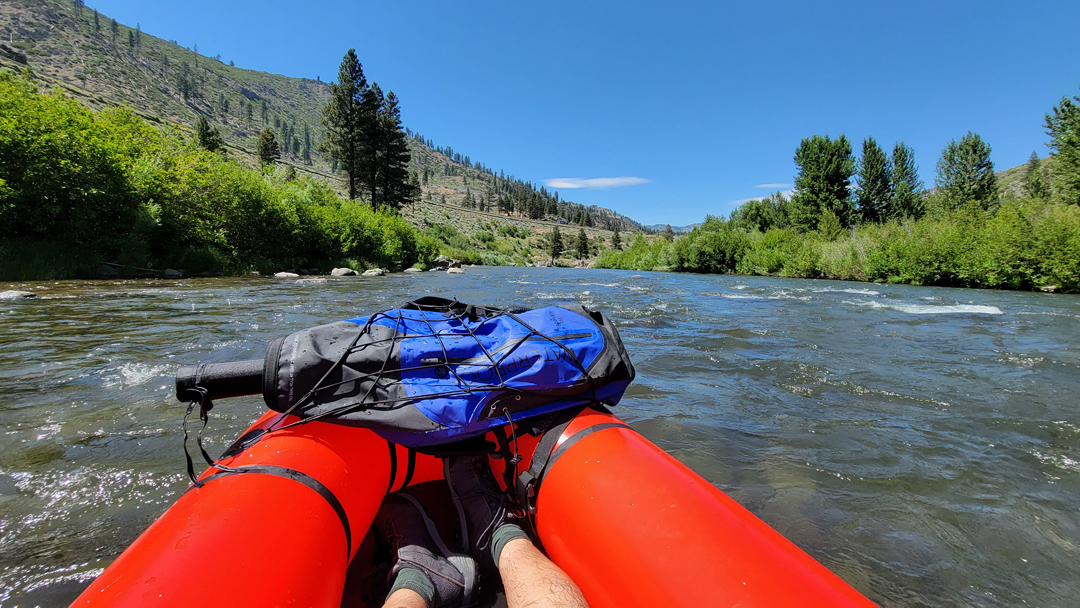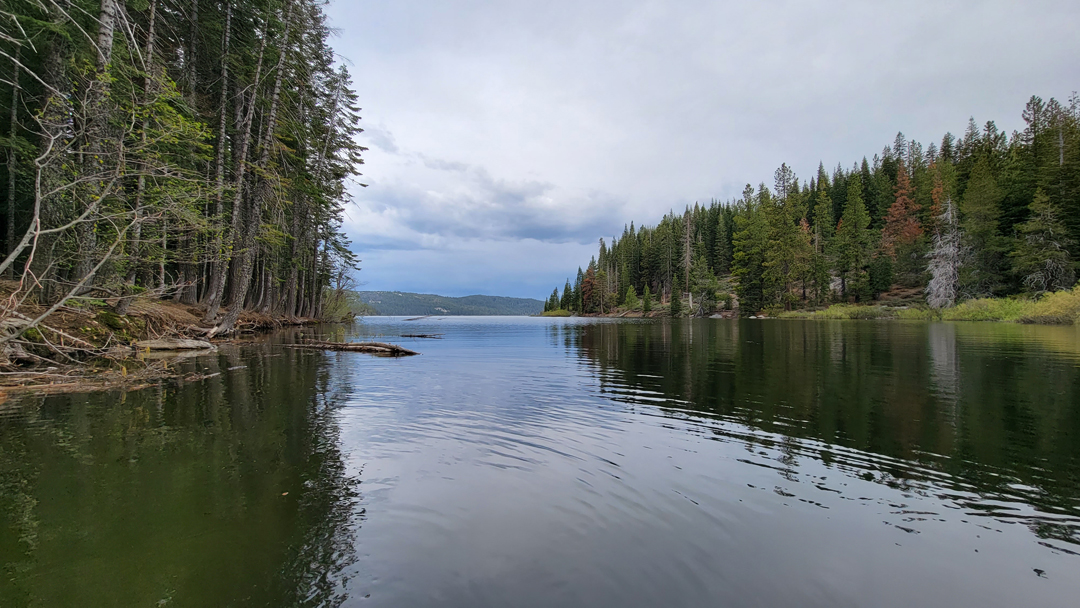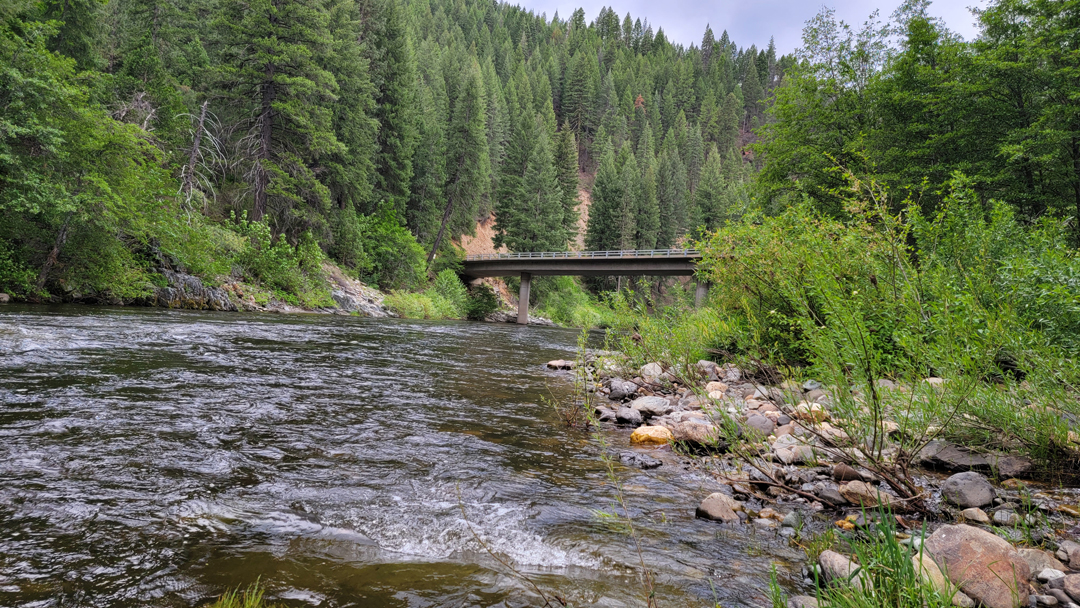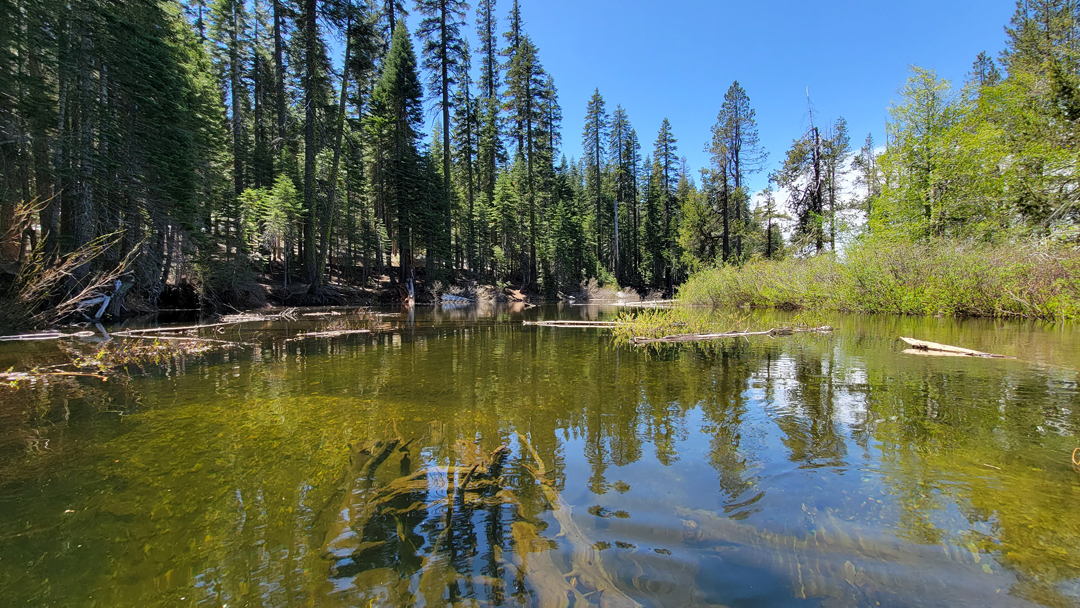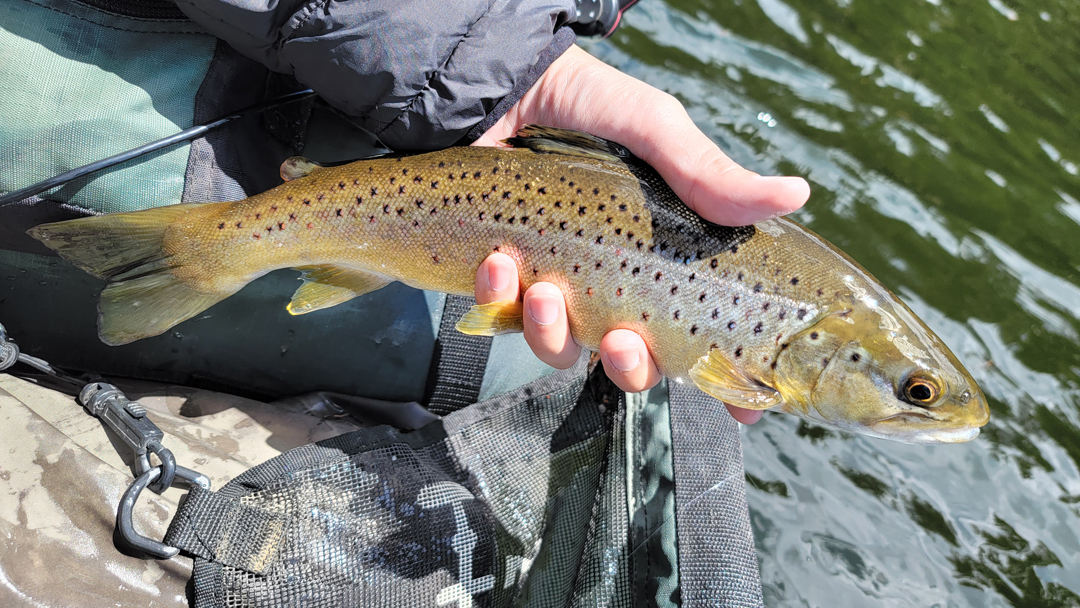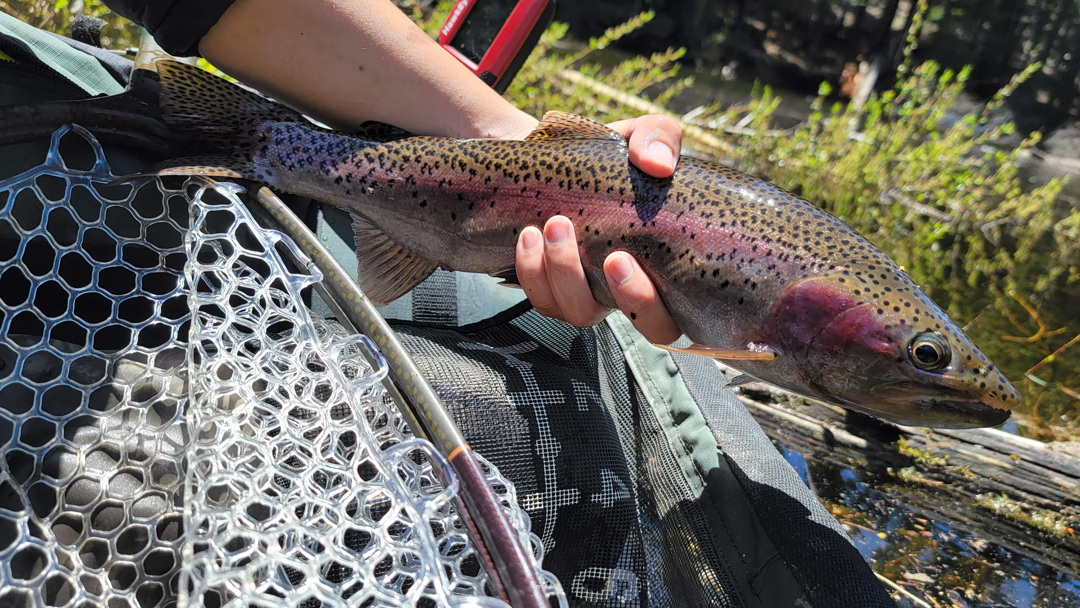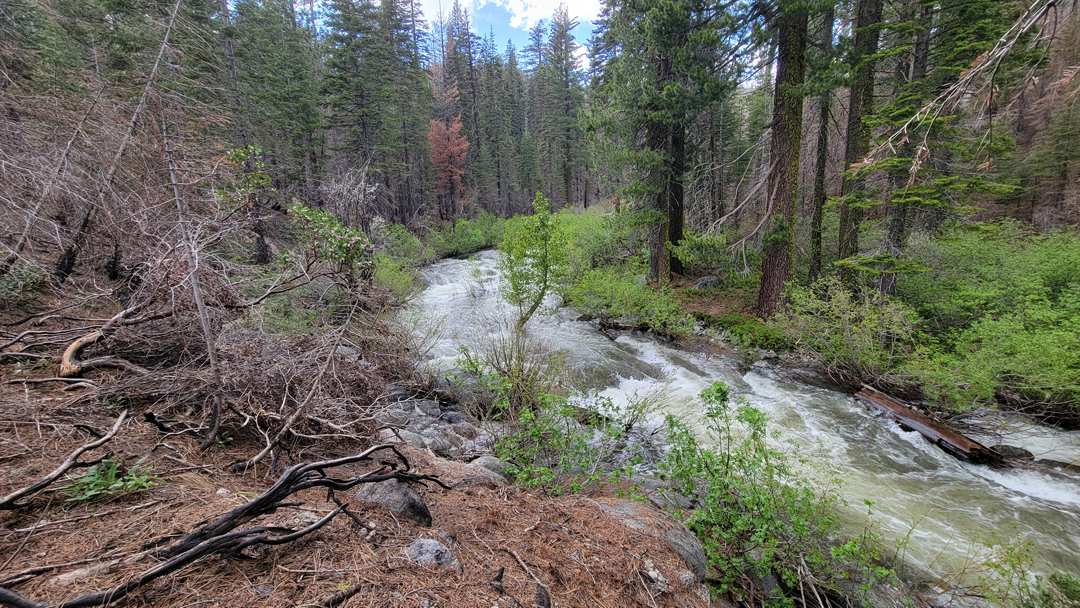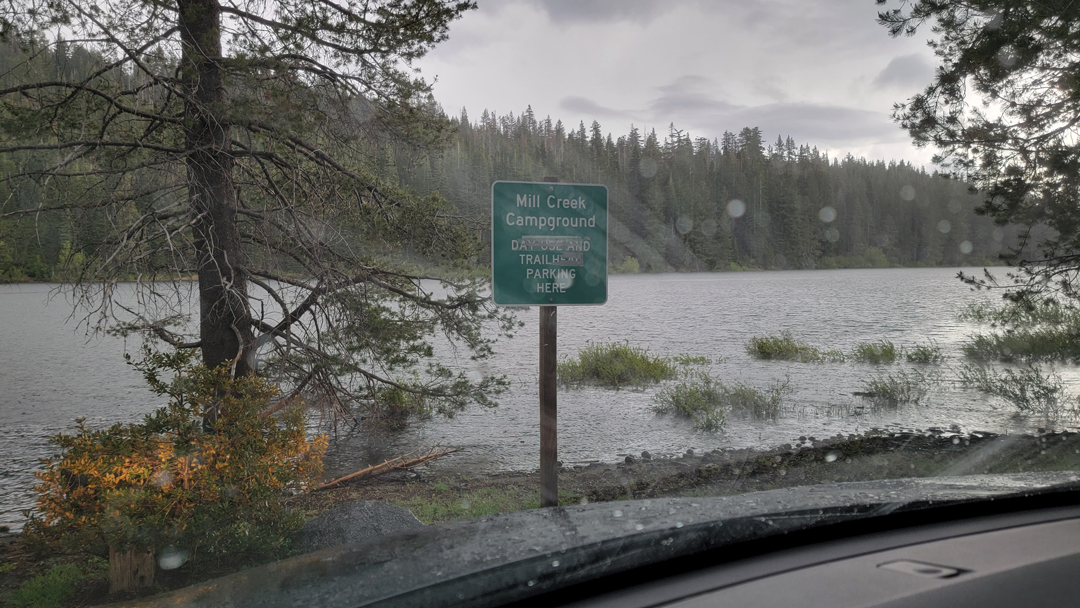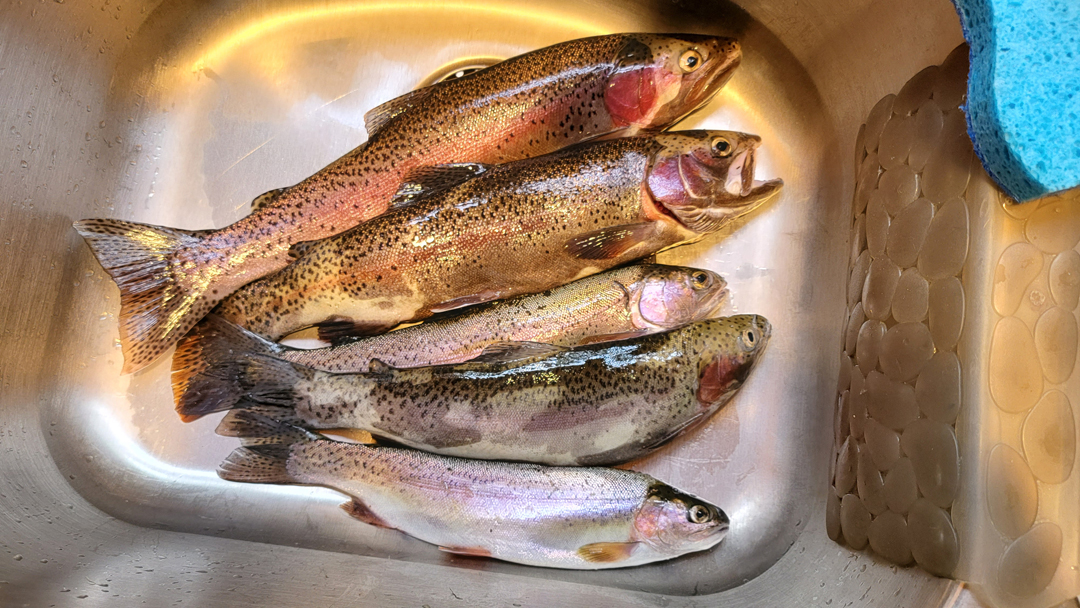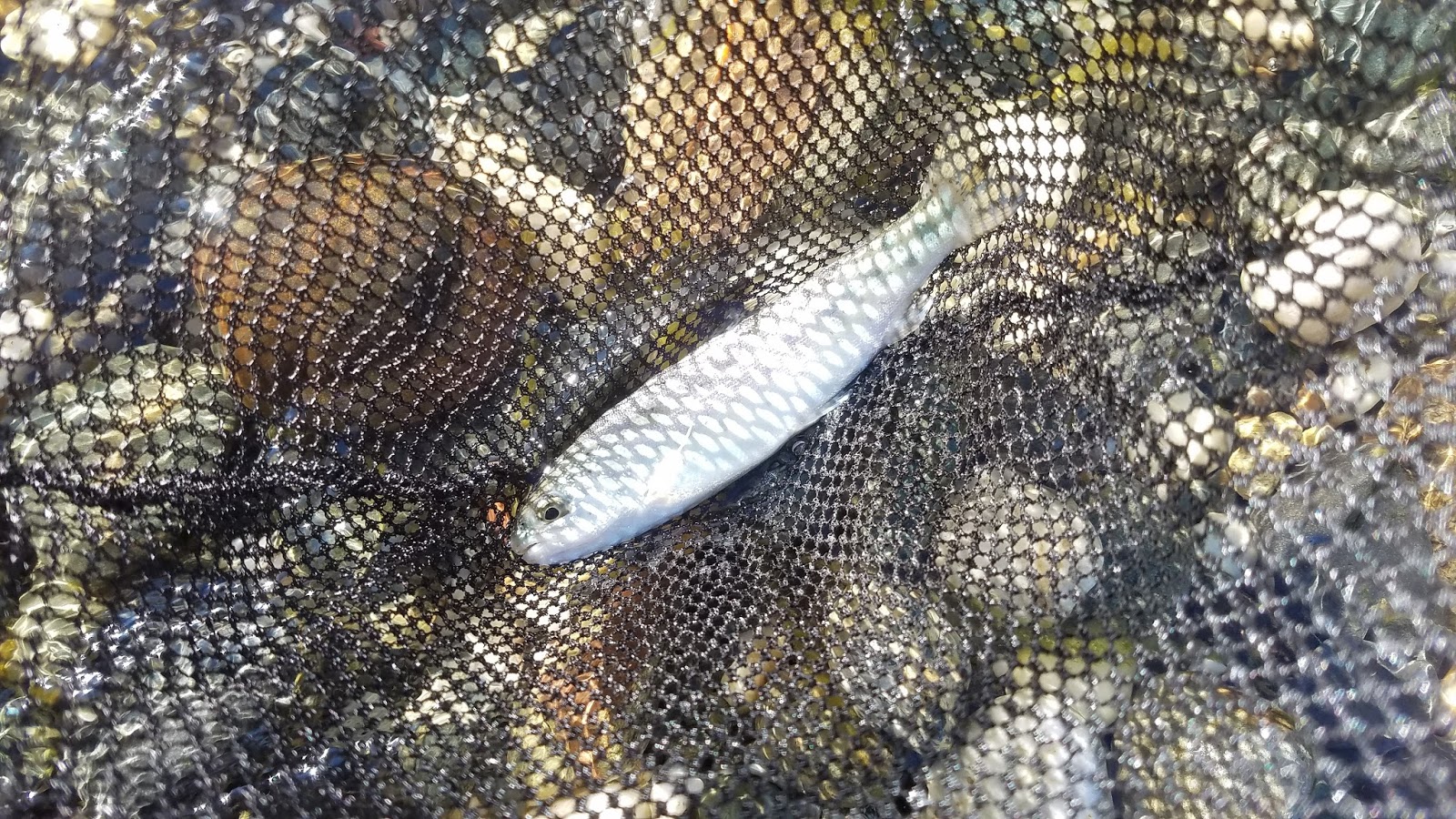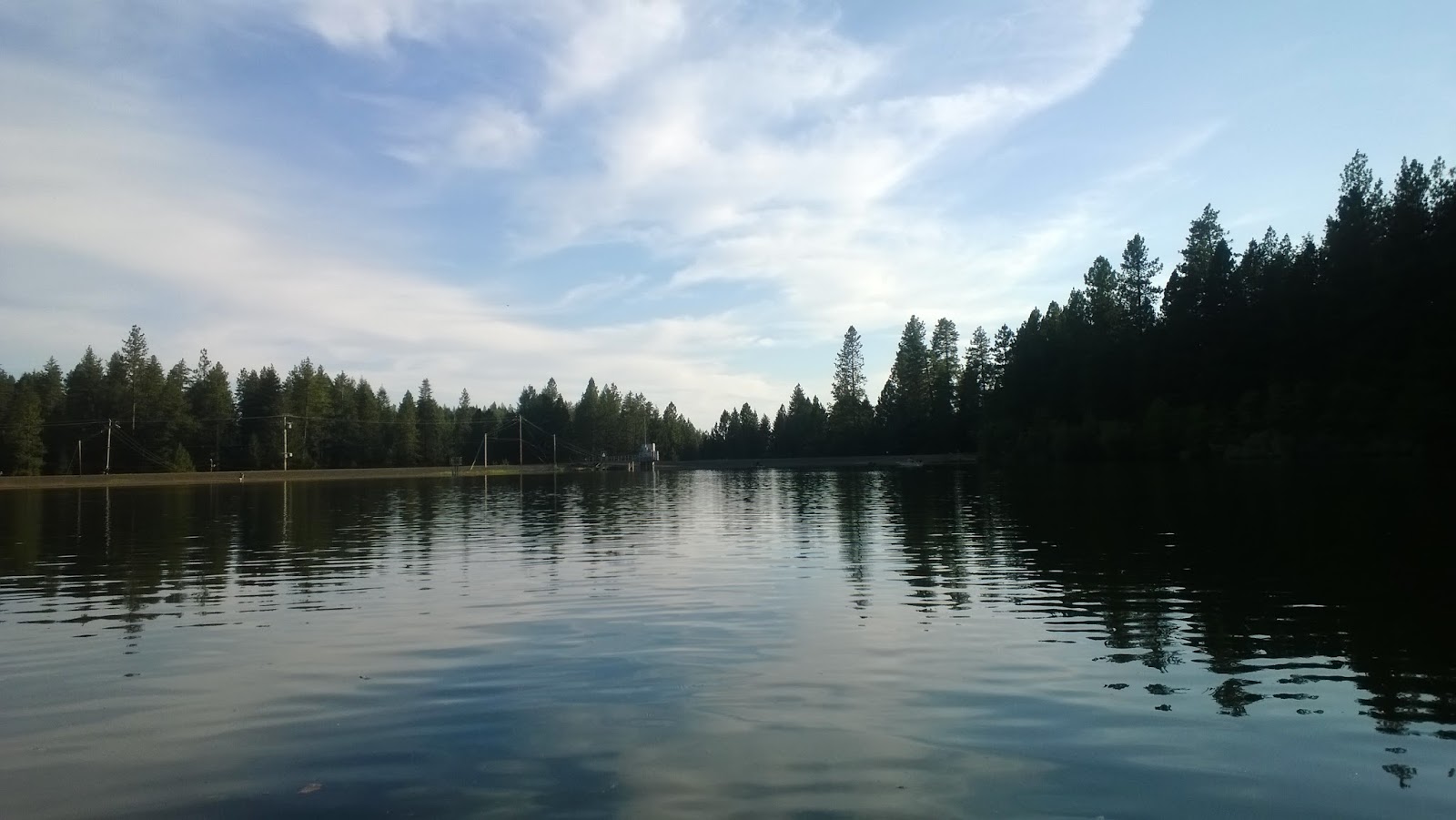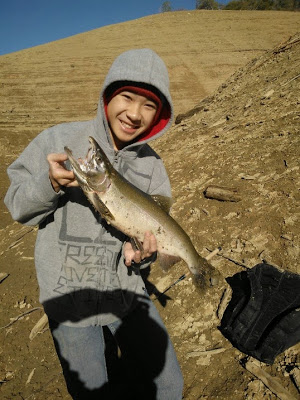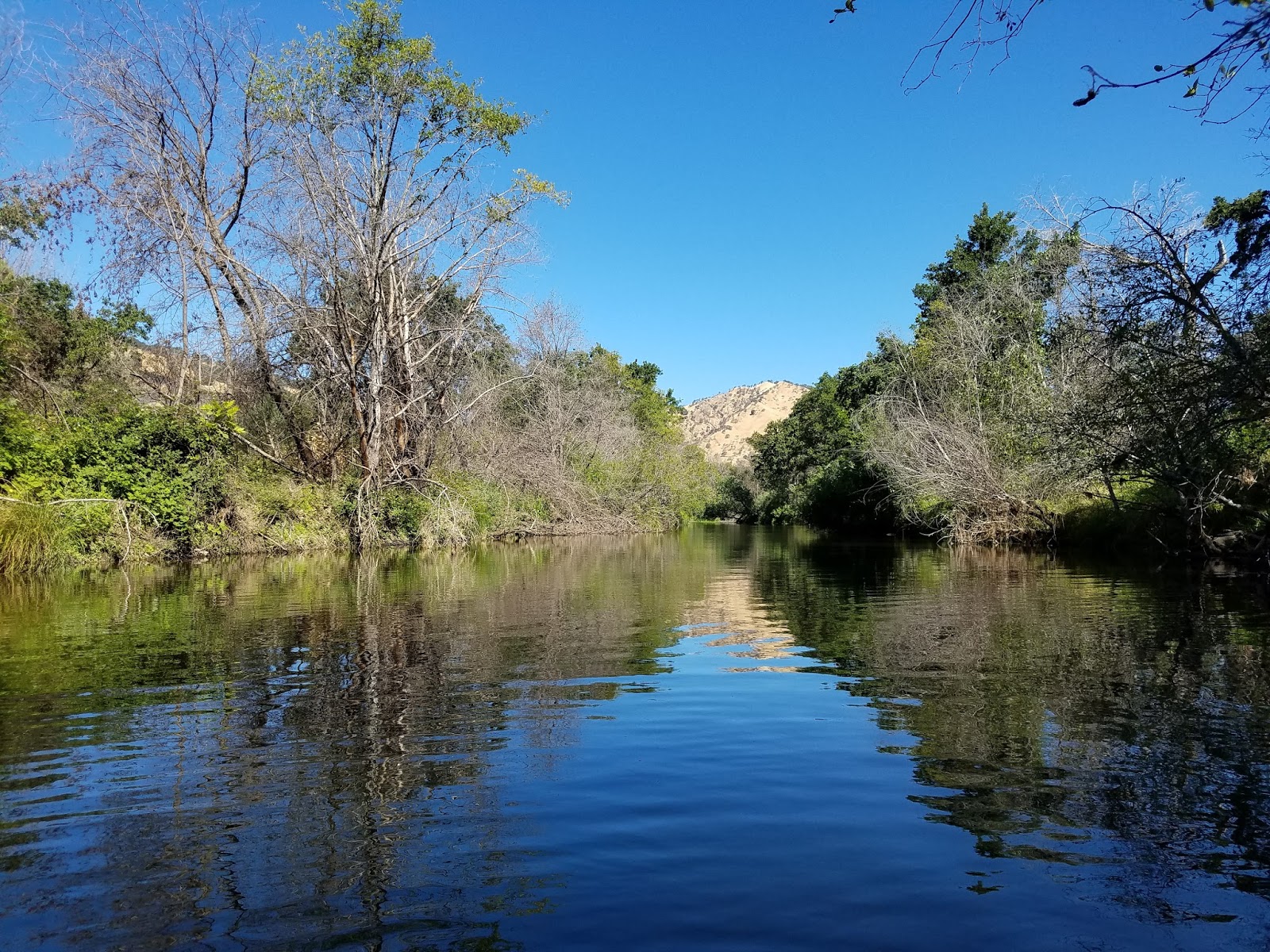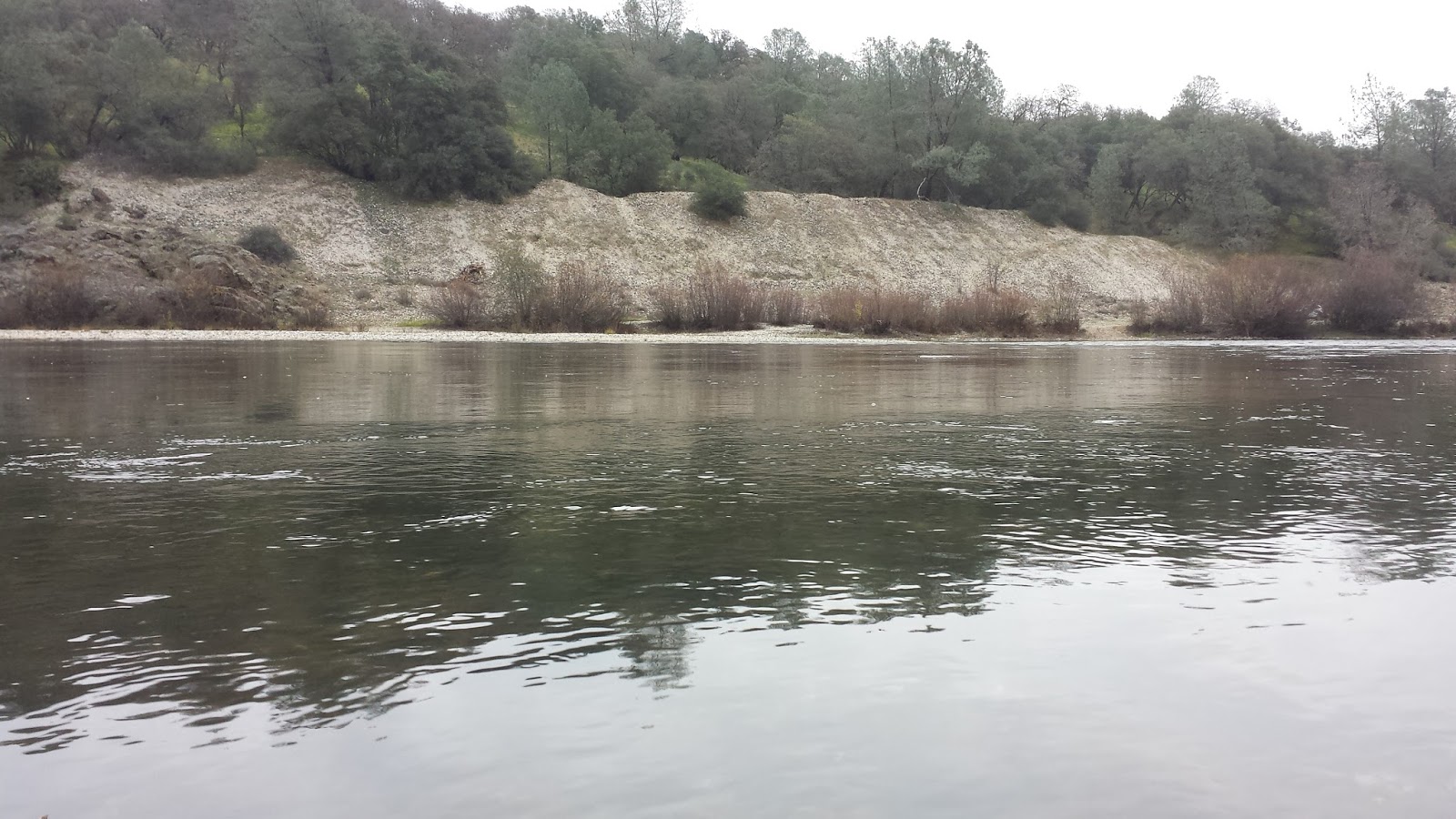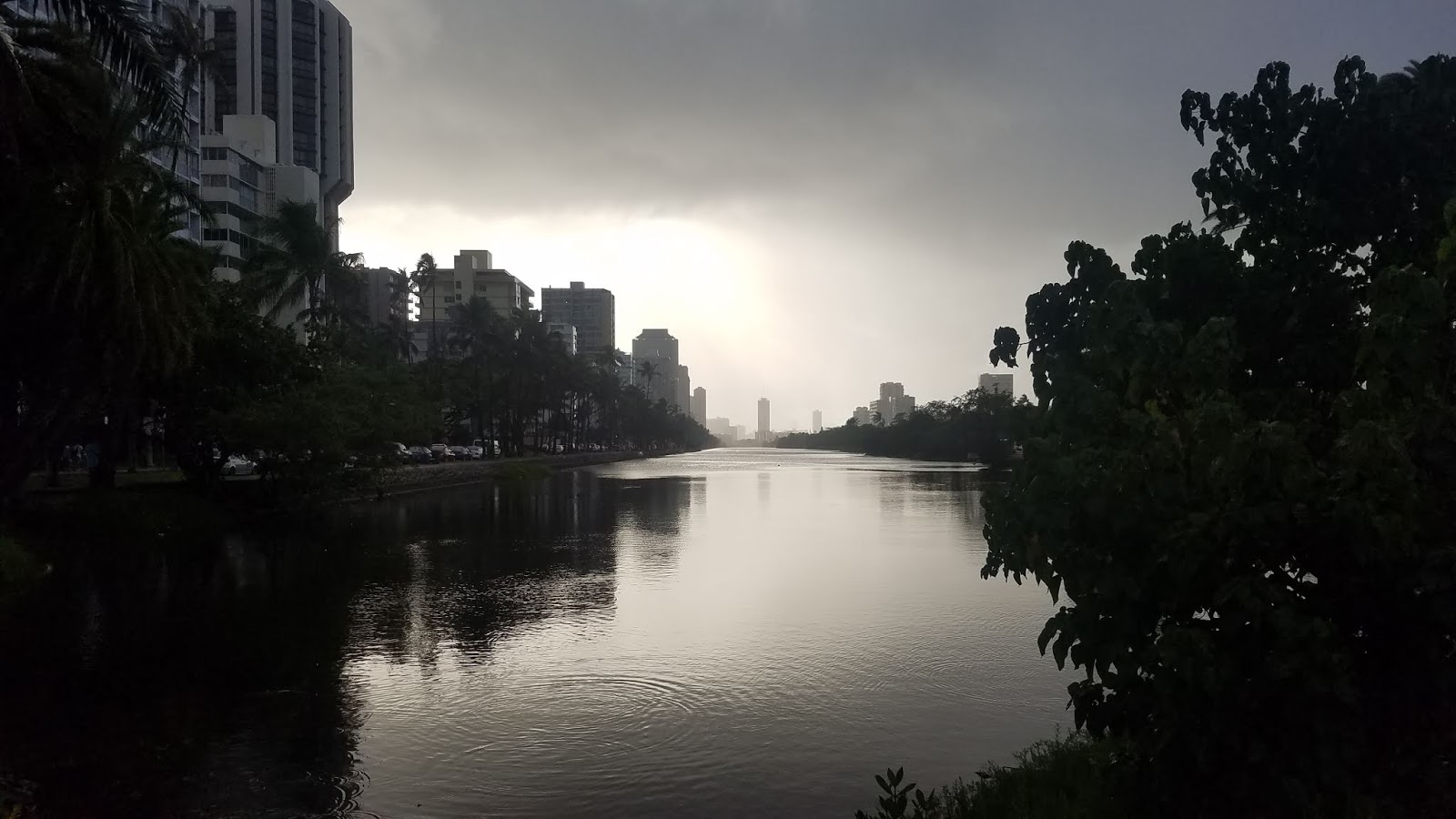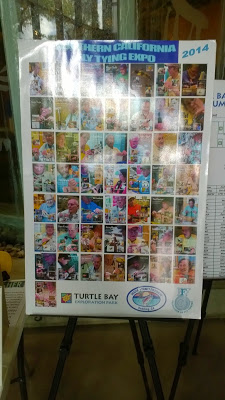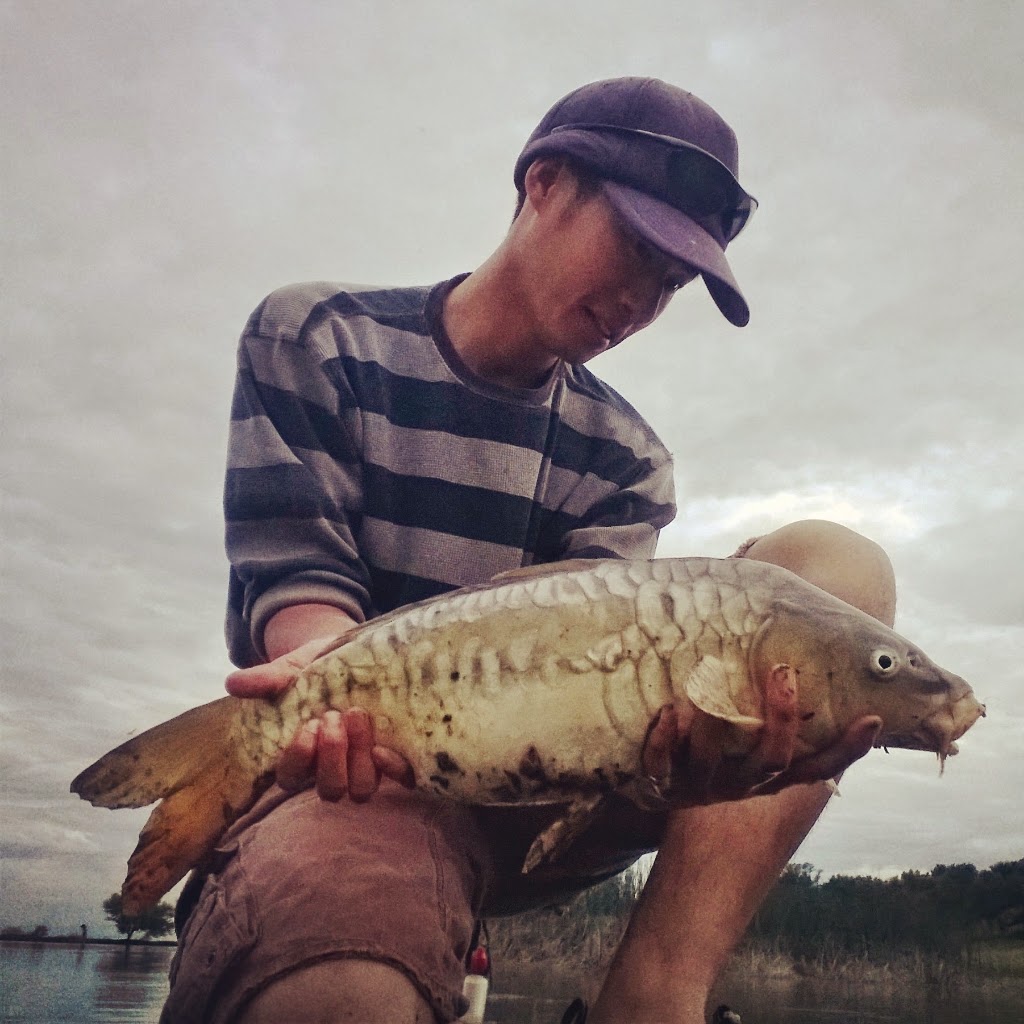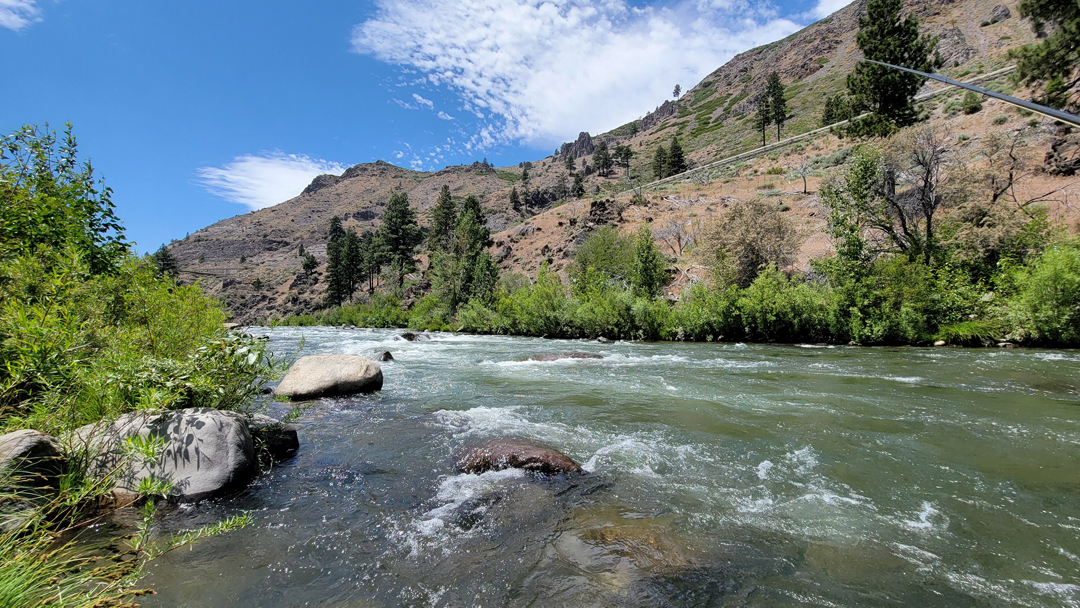
July is my least favorite month. It’s the hottest and feels like the longest month of the year making it a slog to get through. Fish regardless of cold-water or warm-water don’t seem to be very active this time of year unless you’re fishing in the early morning or towards the evening. However this year is an exceptional one due to a heavy winter snowpack. Many rivers are surprisingly still running high and cool allowing for continued recreation. I had a few days of personal time and decided to beat the heat in the valley by making my way up the hill. It took some time trying to figure out where to go but I ultimately decided to revisit the Truckee River with a plan of hiking in and rafting out in my Alpacka Caribou.
It’s been several years since I’ve been on the Truckee River. I’ve been keeping track of the recent events regarding the river access at the Hirschdale section of the Truckee. In the past few years the area around the bridge changed ownership and the new owner has blocked off access points to the Truckee River that has been in use for decades. It’s been a messy situation and I commend all the folks out there who are fighting the good fight for the right to access the Truckee River. Of all the rivers in California I find that the Truckee River is one of the most cherished and protected. I hope the issue is resolved soon so that we can all enjoy the canyon section of the Truckee like we did in the past.
I’ve never had a lot of luck in the Hirschdale section and though I’ve caught fish there it didn’t fish any better than the other sections of the Truckee. The true bright spot in the Hirschdale section was the ability get a bit further away from civilization and fish the canyon. With all easily accessible accesses blocked off the only way to fish the canyon is by hiking upstream via Tahoe-Pyramid trail from Floriston to the Truckee River Wildlife Union Ice Unit between Hirschdale and Floriston. It’s not a long hike about 2.5 miles but it’s a lot of ground to cover before you can start fishing. I planned on fishing below the railroad bridge, raft my way downstream covering different spots, and take out before the Floriston Gorge.
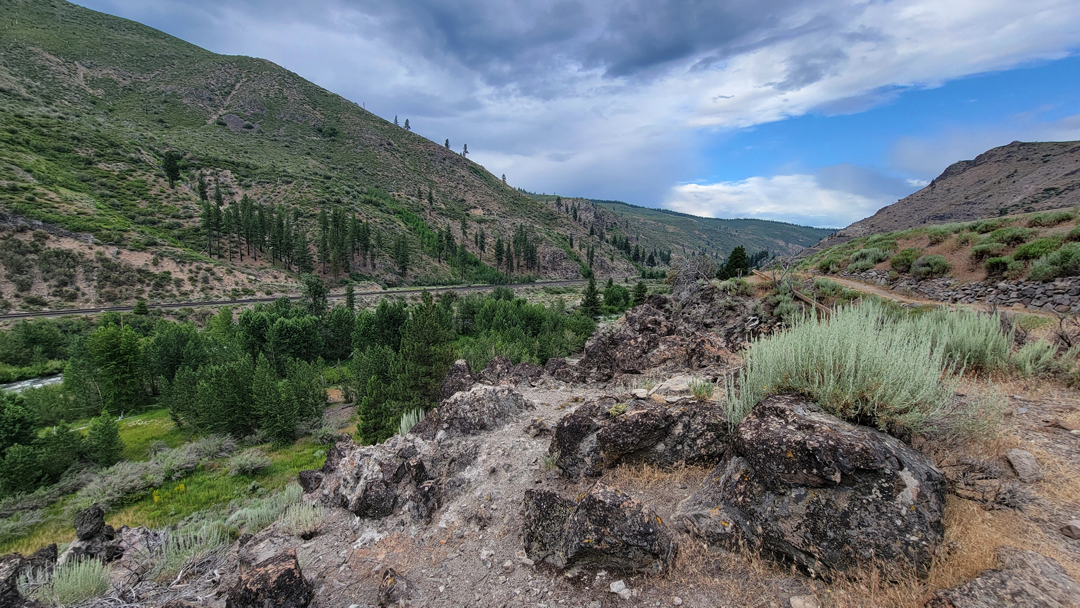

I parked below the I-80 bridge at Floriston and made my way up the Tahoe-Pyramid trail at around 8am. It took me 45 minutes at a moderate pace to reach the railway bridge. The flows were a bit high around 725 CFS near Floriston. At these flows the Truckee River is impossible to safety cross so I utilize my Alpacka Caribou packraft to cross to the other side. I was euronymphing with my Echo Shadow II and put about a dozen fish into the net. All of the fish were on the smaller side around 10″. I managed to hook two larger fish in the 18″ range but they came off as soon as I set the hook. The Truckee River is a true 90% of the fish are in 10% of the water type fishery. I covered a ton of fishy water and found that most of the fish were in the softer white boils below or to the side of large rocks. There were mix reports about what the fish were eating so I had to figure it out by mixing up some patterns. I tried a combination of heavy streamer jigs with the hopes of entice the larger fish with a smaller go-to mayfly nymph as a dropper. There were a ton of caddis and yellow sallies flying along the banks but I didn’t see any fish rising for them. I throat pumped a few fish I caught and found that they were eating medium sized mayfly nymphs. The flies that were hot this day were stonefly nymphs and size 14 pheasant tail nymphs. The fishing was fair. I usually don’t catch a lot of big fish in July but it sucked to put in so much effort to only land a few small fish.
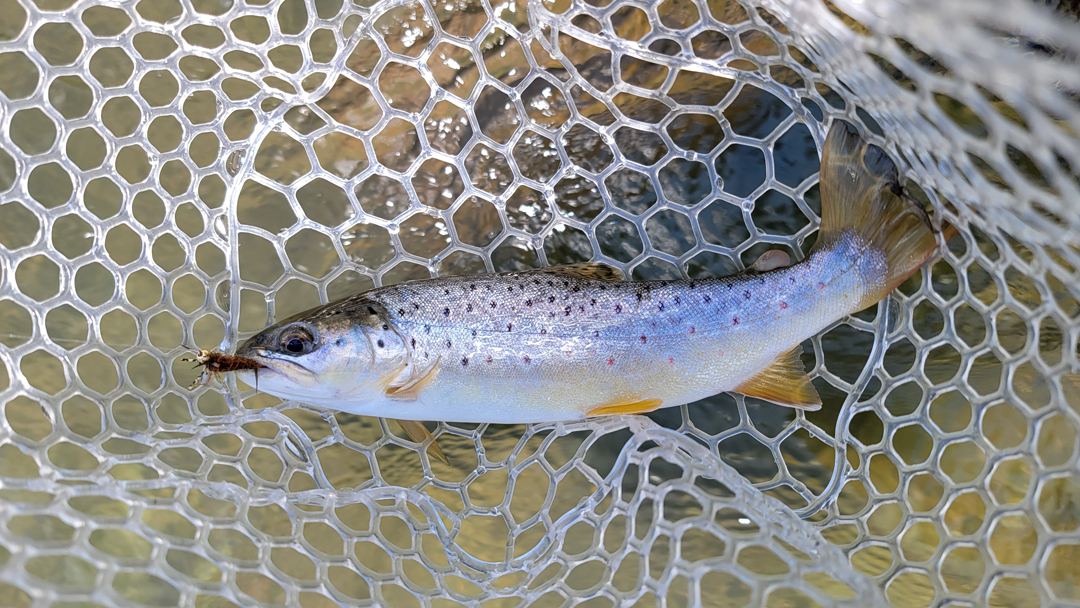
The Truckee River is well-known for its whitewater rafting and some of the best rapids can be found in the canyon section. I once went whitewater rafting on the Middle Fork of the American River and quickly found out that once was more than enough for me. I was hoping that floating down the Truckee River below the railroad bridge would be a breeze but found it to be pretty gnarly. I have some paddling experience rafting down the Yuba River and Feather River but I had to really prepare for the Truckee River.
I researched all the rapids and watched a ton of different runs on Youtube to get a good idea of what the rapids looked like. The most difficult rapids in the canyon were Railroad Rapid and Rock Garden. I pictured one long run but the rapids were broken into two sections. Railroad Rapid was swift as the gradient drops into a rapid with a large pool at the bottom and Rock Garden lives up to its name with rocks protruding all over the river. At Railroad Rapid I broke down by raft and portaged since I had already covered all the water I felt was fishy. I was debating whether or not I should run it but ultimately decided not to take any necessary risks. My portage is probably less than 20lbs give or take so there I didn’t have an excuse not break down my raft if needed. I put in above Rock Garden and found myself in quite a technical rapid. I would definitely classify Rock Garden as Class III as numerous obstacles and rapids made it challenging to navigate at these flows. Other than hitting two sleepers and getting some spray I managed to make my way through Rock Garden. My heart was racing and I learned real fast to make sure to breakdown all my equipment before going down any rapids. After this adventure I now know that my limit in my Alpacka Caribou is Class I to +II. If I had a self-bailing raft I would consider trying to run Class III but in the end would most likely portage to stay on the safe side.
The rapids below Rock Garden were Class II which was a relief; not a lot of quick on the spot thinking involved and a fun way to relax and make my way downstream to the take-out. I managed to accidently hit one last sleeper before the takeout which almost knocked me off. That taught me to pay attention at all times even when you think you’ve successful ran a rapid. The fishing was a bit disappointing and I’m sore as hell from all the bushwhacking, boulder hopping, and whitewater rafting but overall it was a good trip.
